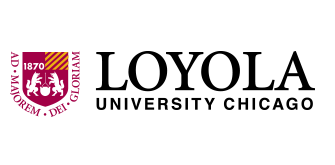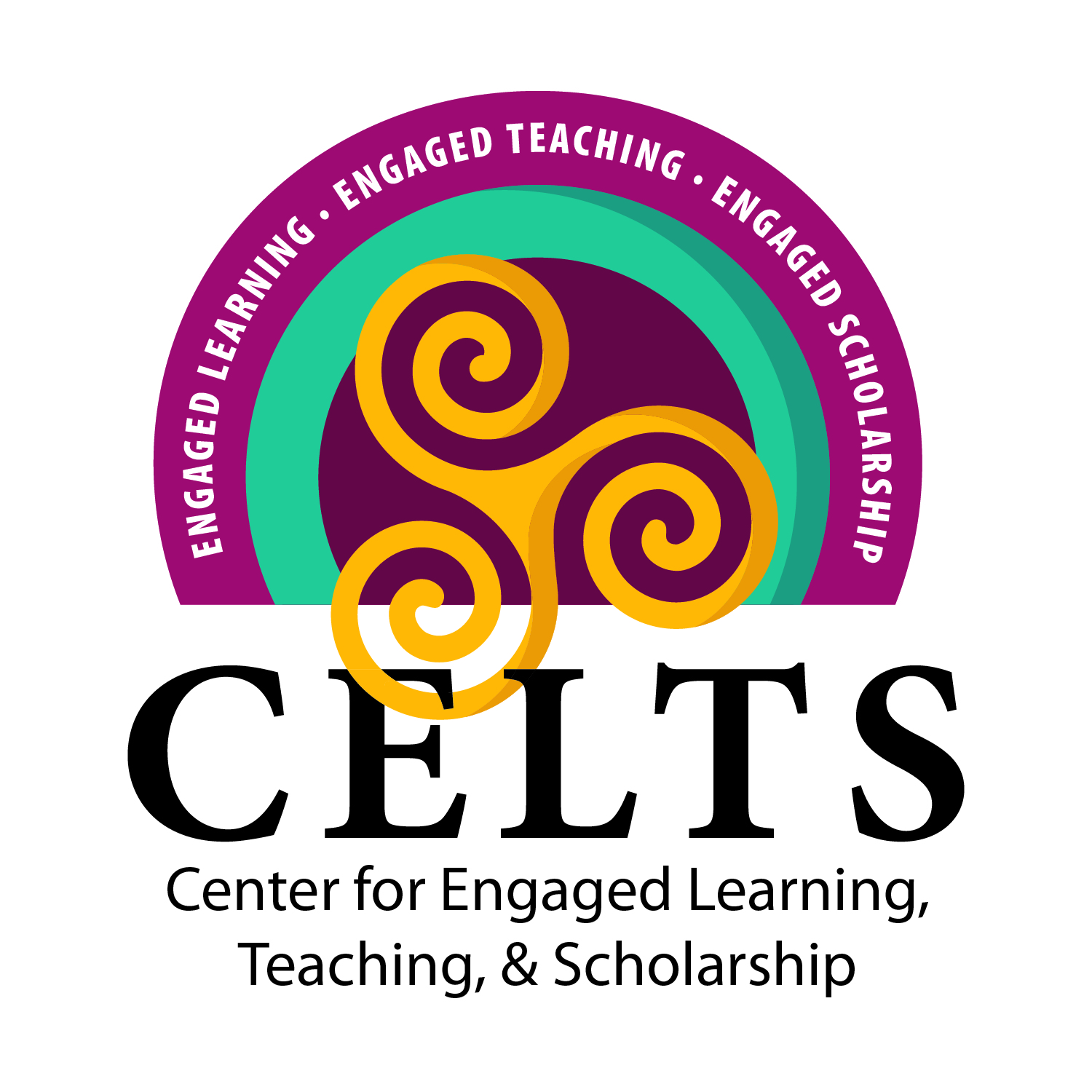Major
Chemistry
Anticipated Graduation Year
2023
Access Type
Restricted Access
Abstract
Tumor necrosis factor alpha (TNFɑ) is a proinflammatory cytokine that produces inflammation in airway diseases. TNFɑ increases mitochondrial volume density and O2 consumption rate (OCR) in human airway smooth muscle (hASM) cells; however, when normalized for mitochondrial volume density, the OCR per mitochondrion decreases. Our quantitative histochemical technique measures the maximum velocity of the succinate dehydrogenase reaction (SDHmax) in individual hASM cells. We hypothesized that TNFɑ decreases SDHmax per mitochondrion in individual hASM cells. Following TNFɑ treatment, mitochondrial volume density increases, consistent with reduced SDHmax, suggesting increased ATP demand from TNFɑ is met with increased mitochondrial volume density and SDHmax.
Community Partners
Mayo Clinic
Supported By
Gary Sieck, Ph.D., Mayo Clinic; Sanjana Mahadev Bhat, Ph.D., Mayo Clinic
Creative Commons License

This work is licensed under a Creative Commons Attribution-Noncommercial-No Derivative Works 3.0 License.
TNFɑ Reduces the Maximum Respiratory Capacity of Mitochondria in hASM Cells
Tumor necrosis factor alpha (TNFɑ) is a proinflammatory cytokine that produces inflammation in airway diseases. TNFɑ increases mitochondrial volume density and O2 consumption rate (OCR) in human airway smooth muscle (hASM) cells; however, when normalized for mitochondrial volume density, the OCR per mitochondrion decreases. Our quantitative histochemical technique measures the maximum velocity of the succinate dehydrogenase reaction (SDHmax) in individual hASM cells. We hypothesized that TNFɑ decreases SDHmax per mitochondrion in individual hASM cells. Following TNFɑ treatment, mitochondrial volume density increases, consistent with reduced SDHmax, suggesting increased ATP demand from TNFɑ is met with increased mitochondrial volume density and SDHmax.



Comments
This work was completed at Mayo Clinic, Rochester through the Summer Undergraduate Research Fellowship. Thank you to Dr. Gary Sieck, the Regenerative Sciences SURF Team, Dr. Mahadev Bhat, and all those who mentored me during this project.